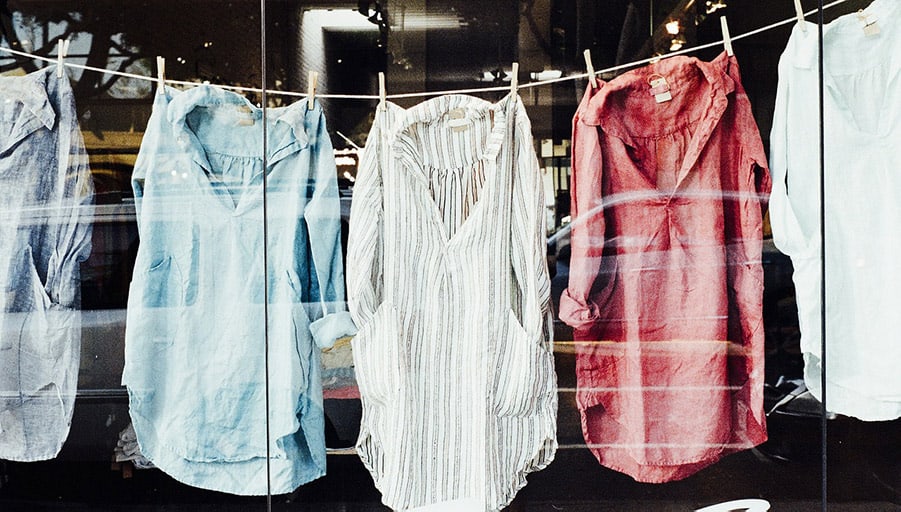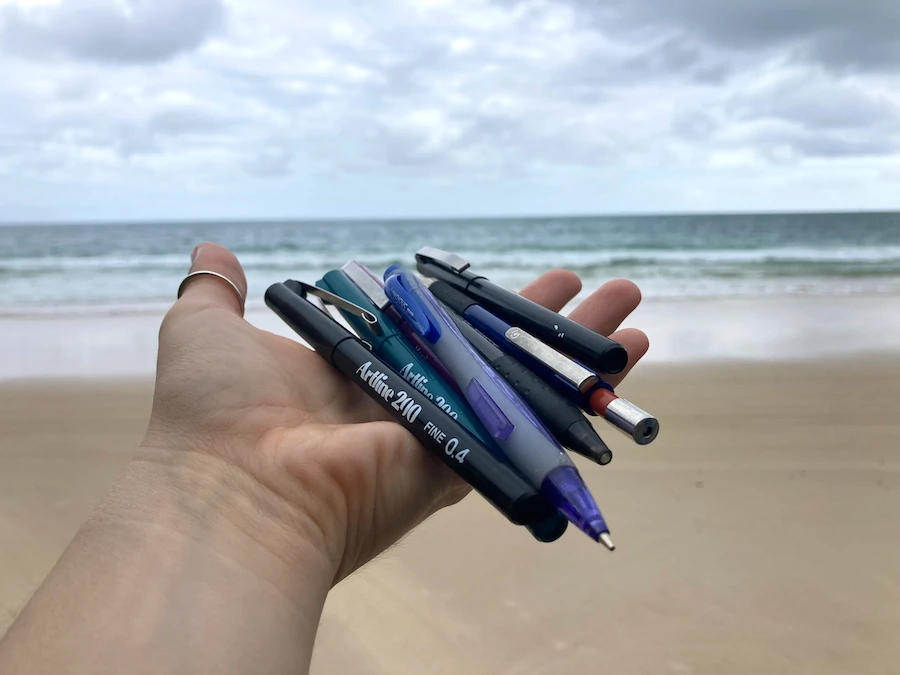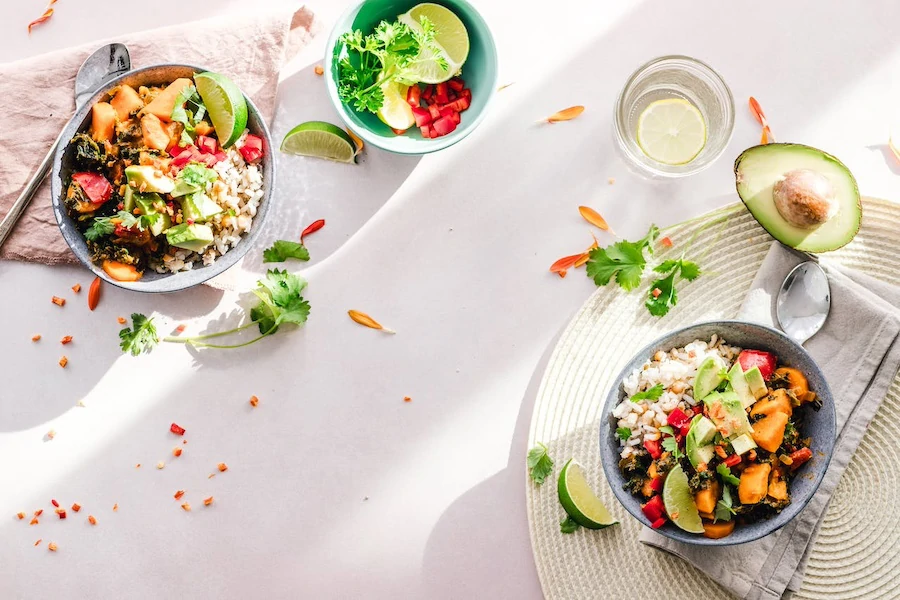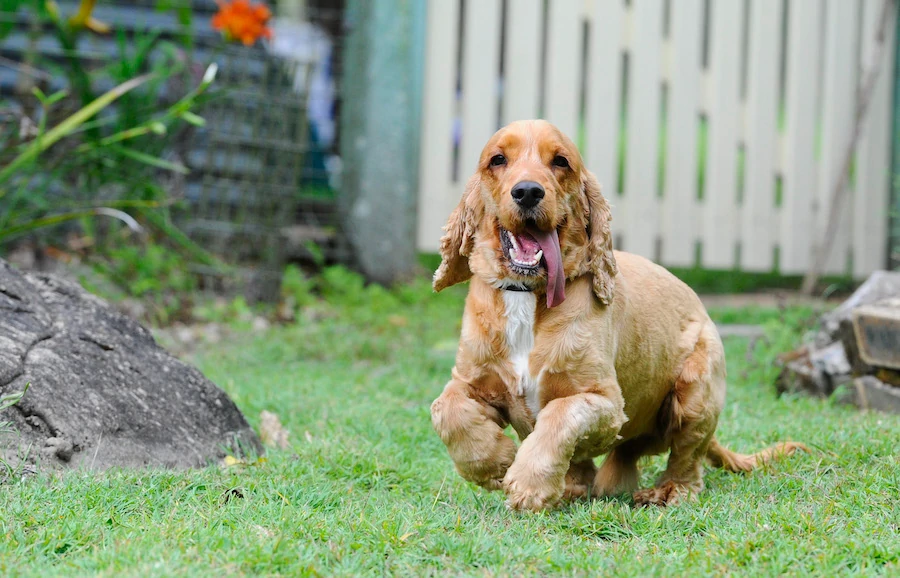
An increasing number of people are buying bamboo products for their superior sustainability, softness, breathability, comfort and natural hypoallergenic properties. Bamboo fabrics are great quality but require proper care to keep them that way.
So, what’s the best way to wash bamboo fabric? Pretreat any stains, wash on a cold and gentle washing cycle, always air dry in the sun when possible, iron on a low temperature, and store appropriately in airy cupboards or drawers.
If you have recently bought or own bamboo fabrics, use this guide to help you take the appropriate care to keep them performing optimally and ensure their strong durability.
The Best Way to Wash Bamboo Fabric
It’s important to always check the specific instructions provided with your bamboo fabrics. The method and treatment required may slightly differ depending on the type of product. In this guide, we will provide you with the typical care instructions for bamboo fabrics.
Remember, bamboo is a natural plant fiber just like cotton or linen. Bamboo does a great job retaining some of its moisture-wicking, antimicrobial, antimold, hypoallergenic, breathable, and durable properties. Therefore, bamboo fabrics do not require the same amount of intensive care and cleaning as more traditional fabrics.
Bamboo fabric requires gentle and frequent care to help maintain it’s amazing natural properties, keep it soft and durable. Follow these guidelines for the safest and most effective care for your bamboo fabrics.
1. Pretreat Stains
If you have any stains on your bamboo fabrics it’s best to pre-treat them before starting the wash. You should never use any stain removers that contain harsh or toxic chemicals. When treating natural fabrics you should always try to treat them with natural products. Puracy Natural Stain Remover (link to read reviews on Amazon) is a reliable and eco-friendly option.
Another way to treat stains on your bamboo fabrics is by using a little bit of vinegar with water. If you have a serious stain such as blood, you should use hydrogen peroxide to pre-soak the sheets before being washed.
You should never use chlorine bleach on your bamboo fabrics. Chlorine bleach will weaken your bamboo fibers. If you have heavy stains that refuse to come out you could use an oxygen-based bleach to soak the fabric before washing.
If you would like to disinfect your bamboo sheets or towels you can use some pine oil or phenolic disinfectant.
2. Washing
First, before you wash your bamboo fabrics you need to select the correct detergent. Mrs. Meyer’s Clean Day Detergent (link to read reviews on Amazon) is an eco-friendly option made from plant-based ingredients. Always opt for a natural detergent when possible and use it sparingly. You can use regular detergent but you may compromise the softness of your bamboo fibers over time.
Wash your bamboo fabrics on a slow and gentle cycle in cold water for the best results. Washing in cold water will allow the bamboo fibers to remain naturally soft, you may find the fabric gets softer after each wash. This is just one of the great natural properties of bamboo fibers.
It’s best to wash your bamboo fabrics separately from other materials. If you have to wash them with other items just ensure that you separate the colors, lights, and darks properly to avoid any fabric staining or bleeding.
If you have bamboo fabrics that are heavily soiled you can opt for a gentle warm water cycle with a natural detergent that can help break down the soil. Never wash bamboo fabrics in hot water as it will shrink the fibers.
Bamboo fabrics don’t pill easily when washed but external forces will cause the fabric to pill such as zippers and buttons. Before loading the washer, make sure you turn your items inside out so that your bamboo fabric doesn’t get damaged during the cycle.
If you have delicate clothing made from bamboo such as knitted items or sweaters you will need to hand wash those items to avoid them getting damaged and stretched during the washing cycle.
3. Drying
When it comes to bamboo fabrics you want to always air-dry them flat when possible. To do this you can use a clothing rack or washing line outdoors. This is not always practical, especially for those living in areas where it rains a lot. If it’s raining, you can dry in the house as normal, just make sure it’s not too hot inside.
It’s very important that any bamboo knitted items or sweaters need to be dried flat, otherwise they will stretch.
Always avoid using the dryer. If you really need some of your bamboo items to dry quickly, use the dryer on a very low heat and remove the items when they’re still damp. Let them air-dry for the remaining time until completely dried out. Using high temperatures with bamboo items will make them shrink.
Never use dryer strips as they contain toxic chemicals that will damage the natural bamboo fibers.
It’s always best to line dry your bamboo fabrics in the sun when possible. Those living in cold and wet areas of the world may find drying their bamboo fabrics a hassle and should consider different materials if it becomes too much work.
4. Ironing
When ironing your bamboo fabrics it’s best to keep the iron on the lowest temperature that allows you to still iron effectively. You can use a dry iron which is much more friendly to your bamboo fabrics, this helps remove the potential of using too much heat which can scorch the bamboo fibers.
If you scorch the bamboo fibers you will see that the fabric stains yellow. You can take measures to try to remove these burn marks using the stain removal advice discussed earlier but most of the discoloration will not come off.
If ironing your bamboo fabrics is necessary then always proceed with extra caution and be very careful.
5. Storing
Once your lovely bamboo fabric is all fresh, clean, and well dried, it’s important to make sure we store the bamboo fabrics appropriately.
If storing bamboo clothes, always hang them up in an airy cupboard so that you don’t get wrinkled clothes. You can store bamboo clothes folded up, just make sure you fold nicely with a minimum amount of folds.
Storing other bamboo items such as towels or bed sheets should be done no differently than normal. Bamboo fabrics are naturally moisture-wicking so you don’t have to worry about them going moldy.
6. Avoiding Stretching
Stretching is common with bamboo fabrics that have not been properly cared for. It’s most common when drying bamboo fabrics are hung up, rather than laid out flat. Shirts and sweaters, in particular, are most prone to stretching when hung up on a washing line.
Once the bamboo fabric is stretched it can be extremely difficult to get it back to its original size, especially with clothing items.
Final Thoughts
Bamboo fabrics are an amazing natural alternative to traditional fabrics. If properly taken care of by pretreating stains, washing regularly, drying correctly and storing appropriately they will give their owners a lifetime of joy.
Taking the appropriate care for your bamboo fabrics allows them to retain their incredible natural moisture-wicking, antimicrobial, antimold, hypoallergenic, breathable, and durable properties. It’s important to always follow the specific care advice that comes with any bamboo fabrics you purchase.
Owning bamboo fabrics offers plenty of benefits to the owner as long as they are properly cared for. Given the right attention and love your bamboo fabrics will stand the test of time whilst retaining their superior quality.



